Ok, that title may have grabbed your attention and some of you may be intrigued while others of you are searching for a stick and an old pair of underwear to fashion a torch. Before the pitchforks get sharpened and the fires start blazing, let me take a moment to quantify that statement. Yes, I do try to cut down at least six trees each day I am out working on the property. Some days I do less other days I far exceed that goal. I feel I am about to get a digital rock thrown through my digital window – hold on just a little longer.
If you are familiar with our farm and our efforts here in southern West Virginia, then you understand we live in the Appalachian Mountains, or as I refer to them this time of year (mid-summer), the northern Amazon. The eastern hardwood forest is alive and well in our area and it doesn’t just sit idly by. The forest reaches and crawls into open spaces. It slowly overtakes sunny clearings and fills in canopy holes like a green tidal wave of foliage. West Virginia Division of Forestry reports thousands of farm acres in West Virginia revert to forest areas each year. It isn’t because an environmentalist or arborist is out diligently planting saplings. It is because someone is doing nothing (or everyone is doing nothing). The forest reclaims what once was covered by its leafy blanket.
At Red Tool House, I try to stem the tide of the green wave in the areas of the property we are trying to convert to silvopasture (fancy word for trees and pasture grasses combined). I chuckle at times when I read of others wanting to do silvopasture on their farms and ask, “What trees should I plant, how many, and how long will it take before I see results?” Clearly they are working on open pasture and want to add trees while I am standing in a dense hardwood forest begging for some light to poke through.
So, in an attempt to convert some of my 100 acres to silvopasture, I cut down trees. Lots of trees. Some are big and some are small. Some are sickly and losing the canopy battle. Some are stately and crash with a heavy thud. Every tree, however, is cut or left remaining with a purpose. There are a variety of characteristics I am looking for before cutting one tree and leaving the other beside it. Species, canopy size, condition of the trunk, the ground beneath it, health of the tree, and how close its neighbors are – all details that help me determine who goes and who stays.
Do I cut down six trees a day? On average, maybe. Not everyday is spent in the woods, however. The reason that is my goal is simple. If I choose to spend the entirety of several days clearly land for silvopasture, I can show great progress and cut well over a hundred trees (keep in mind many of these are small saplings). The problem is, setting aside several days for that purpose doesn’t easily make it to the top of my priority list. When several days are spent just felling trees, then there is a ton of clean up that needs to be done too.
With the goal of six trees a day, I can take small bites at my land clearing goals and not burn up an entire day. Plus, I have less cleanup to do at one time. I keep the chainsaw in the side by side and after doing morning feed chores, I may stop at a certain area and release a handful of saplings or one larger tree.
These trees do not go to waste either. I must confess I used to stack brush into large piles and then burn them in order to dispose of them. Sometimes these fires could take days to burn out. In the last several years, however, I have realized the benefits of not burning and use that only as a last resort. Obviously, trees that are large enough go to our mill to be turned into useful lumber. Smaller diameter trees or canopy branches of hardwoods get turned into firewood for camp or for winter heat in the house. The smallest of branches do get piled up, but they are either left to compost (making habitat for rabbits and other small game) or eventually tossed in the woodchipper to be used as mulch for the garden or bedding for the animals. Even a tree left lying in the woods, still is not wasted as the forest is the ultimate recycler and uses all of that carbon to make soil.
Even at the pace I am cutting, I would never be able to clear my entire 100 acres (not that I am trying) before I would have to put down my saw due to old age. The forest is that prolific. At times, I feel I lose ground on what I have already done. Hundreds of sycamore saplings pop up each spring around the pasture edges especially near damp areas. If the pigs don’t eat them or if I don’t mow them down, then they can grow to 3 or 4 feet just in one summer.
I hope by now you have snuffed out your torches and placed your pitchforks back in the toolshed (pointy end down, of course) and still consider me to be the witty, charming fellow you have always known (just me?). I love my state and I love the fact that it is covered in a blanket of hardwood trees. I view the portion of forest that I get to manage like a garden views her flower beds. By removing some and allowing some to flourish, I get to shape my small patch of forest into something that suits our farm the best while maintaining its beneficial characteristics.

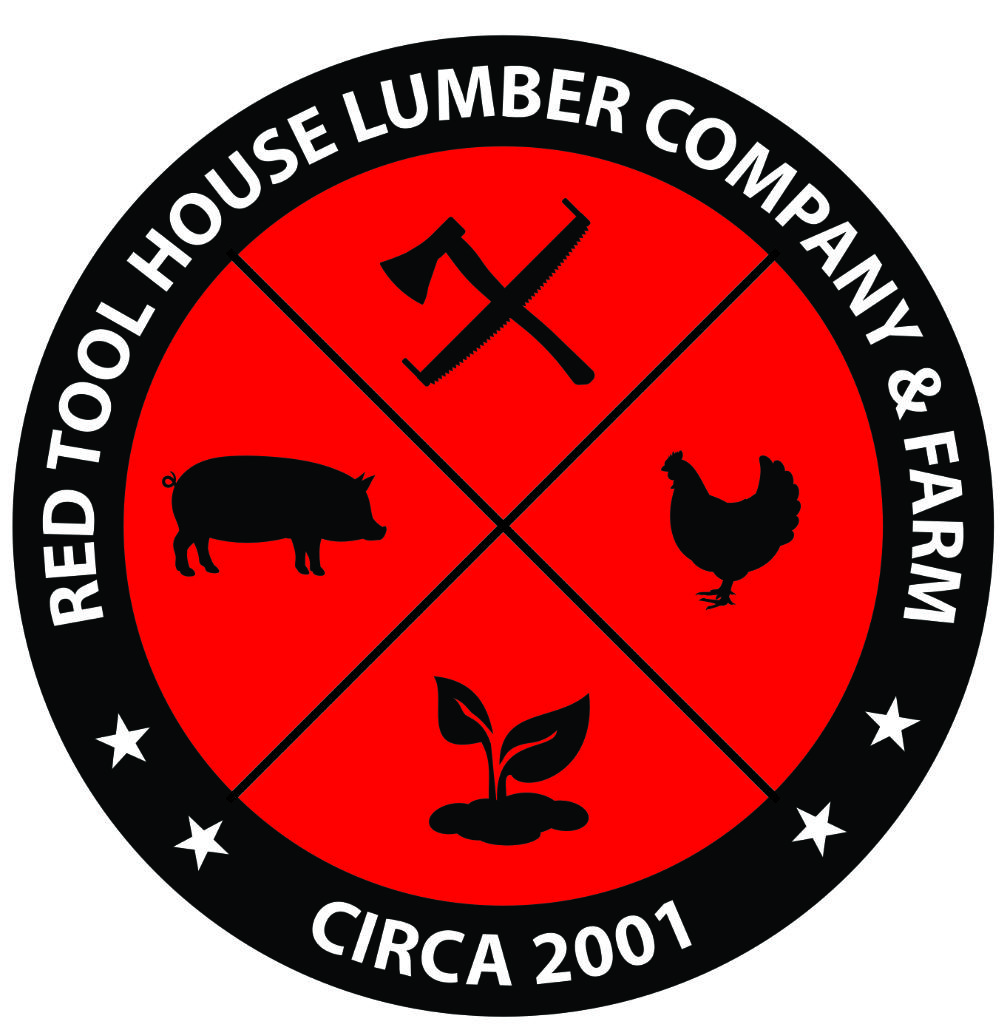

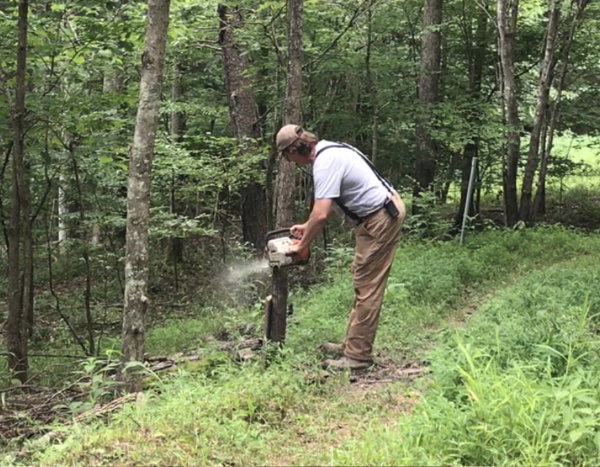
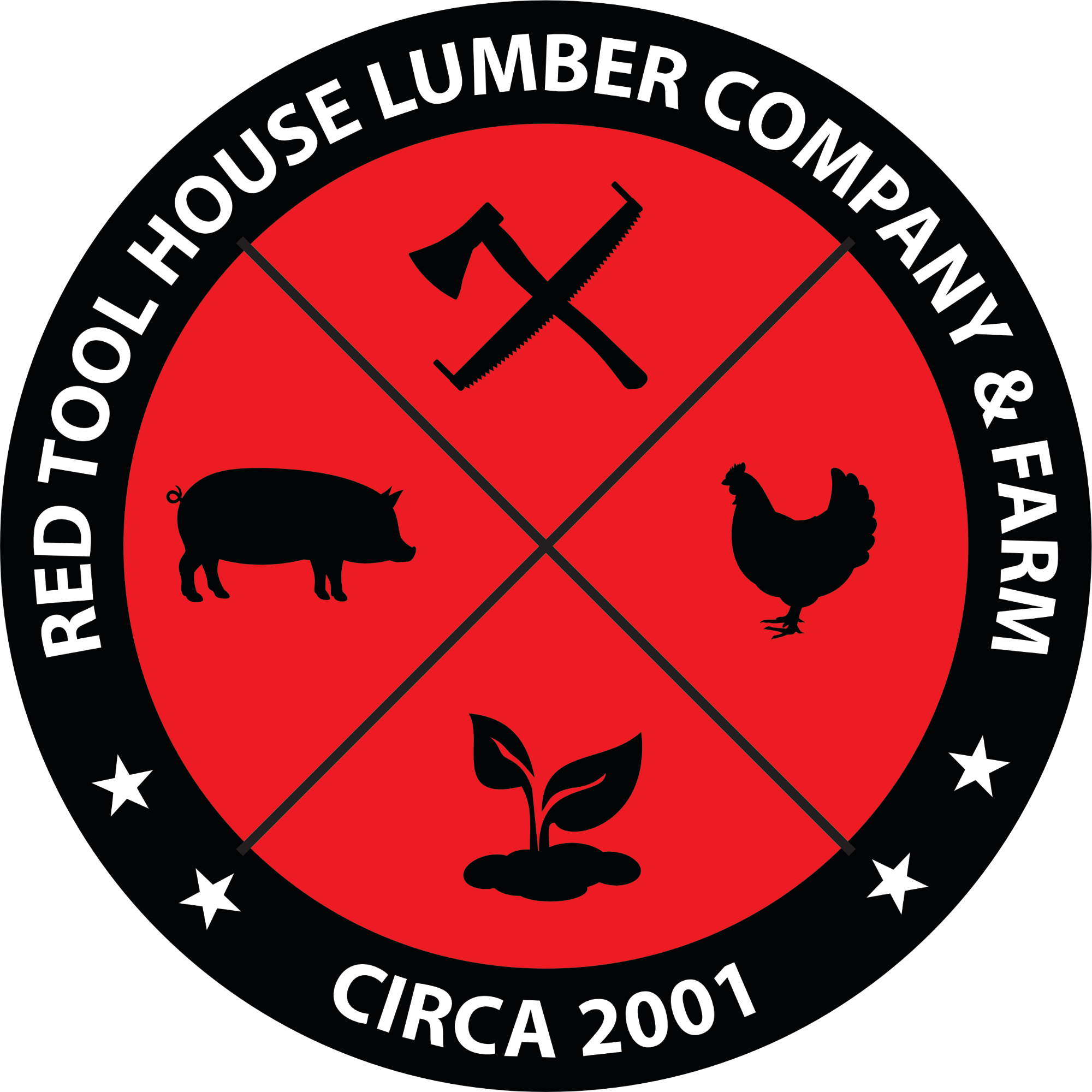
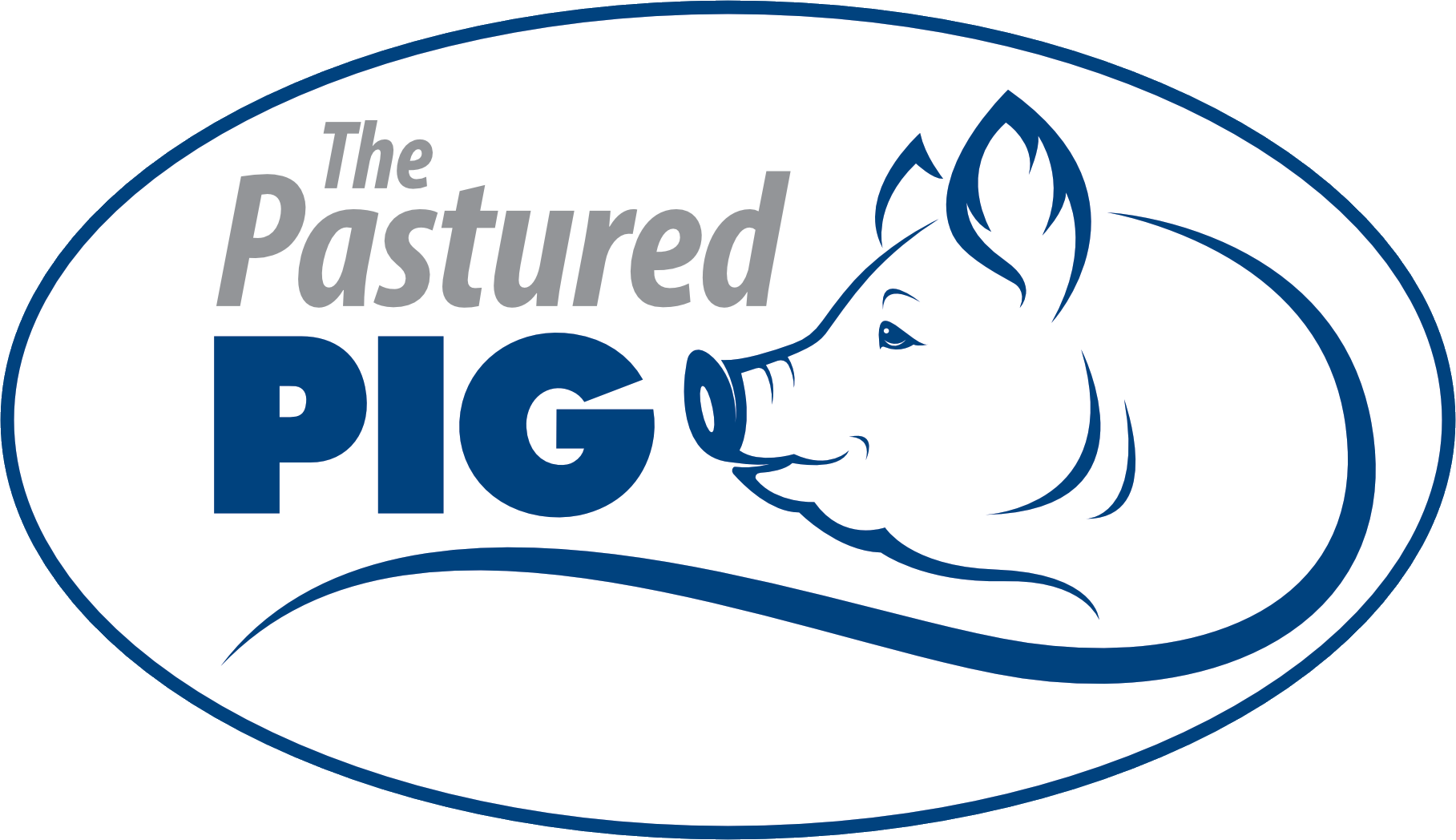
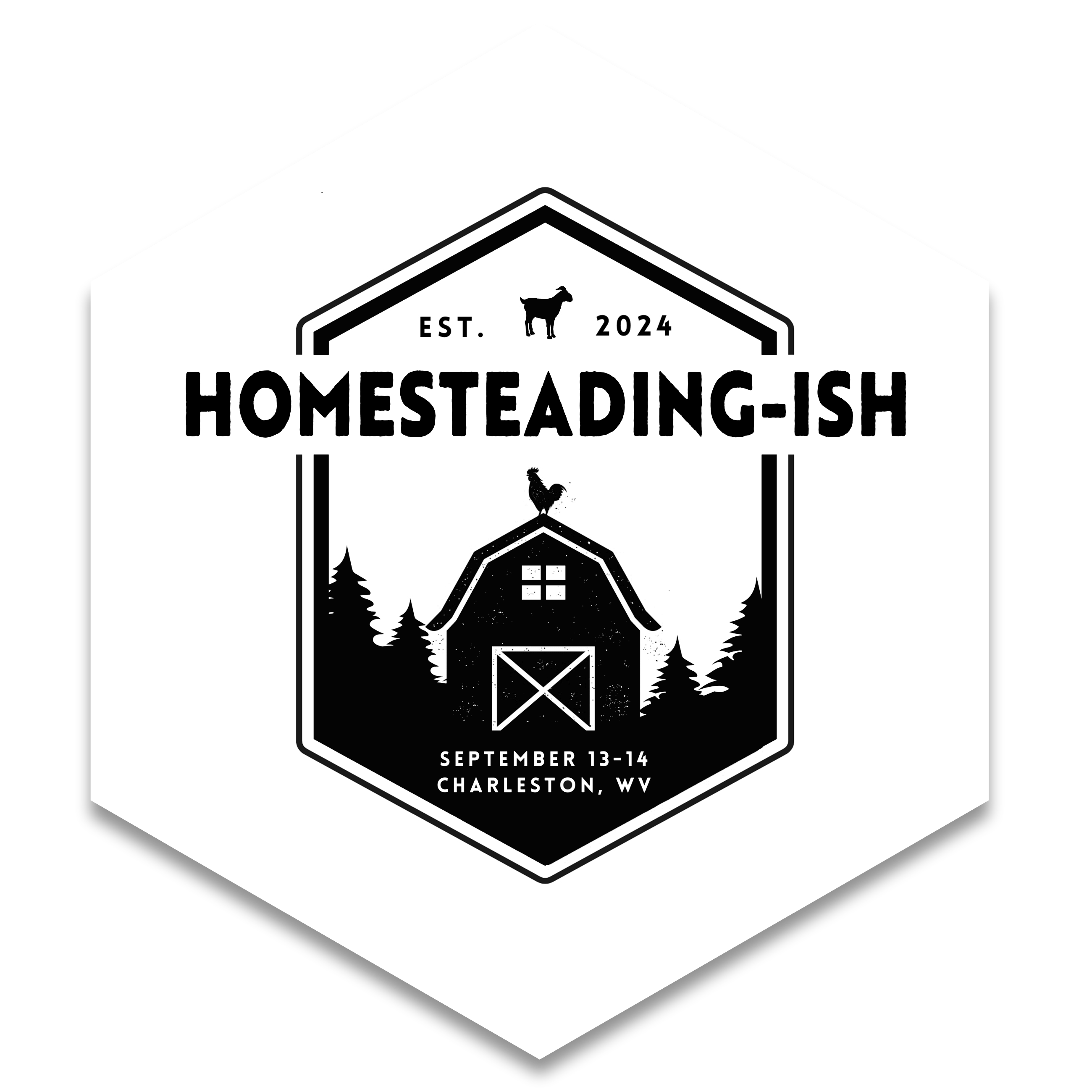
My first time reading one of these treatises. I enjoyed it every bit as much as a “pig video” [love those hogs!].
Thanks for this experience.
The article sheds light on your approach to land clearing, aiming for smaller, more manageable bites with six trees a day. It’s interesting to see you prioritize minimizing brush piles and opting for alternative disposal methods.
However, I’m curious about your long-term replanting strategy. Since you mentioned managing your forest for the farm’s benefit, do you have a plan for selectively planting new trees to ensure a healthy and sustainable ecosystem for the future?
We don’t have a replanting strategy. We are thinning certain sections of the forest to create silvopasture. Any area that we want to grow back into forest, we leave alone. The seed bank provides all the replanting we need. Any non-native species, we can eliminate so the others may grow. This is evident in the fact that 20 years we had 144,000 board feet of lumber cut from the property and there is zero evidence of that now.